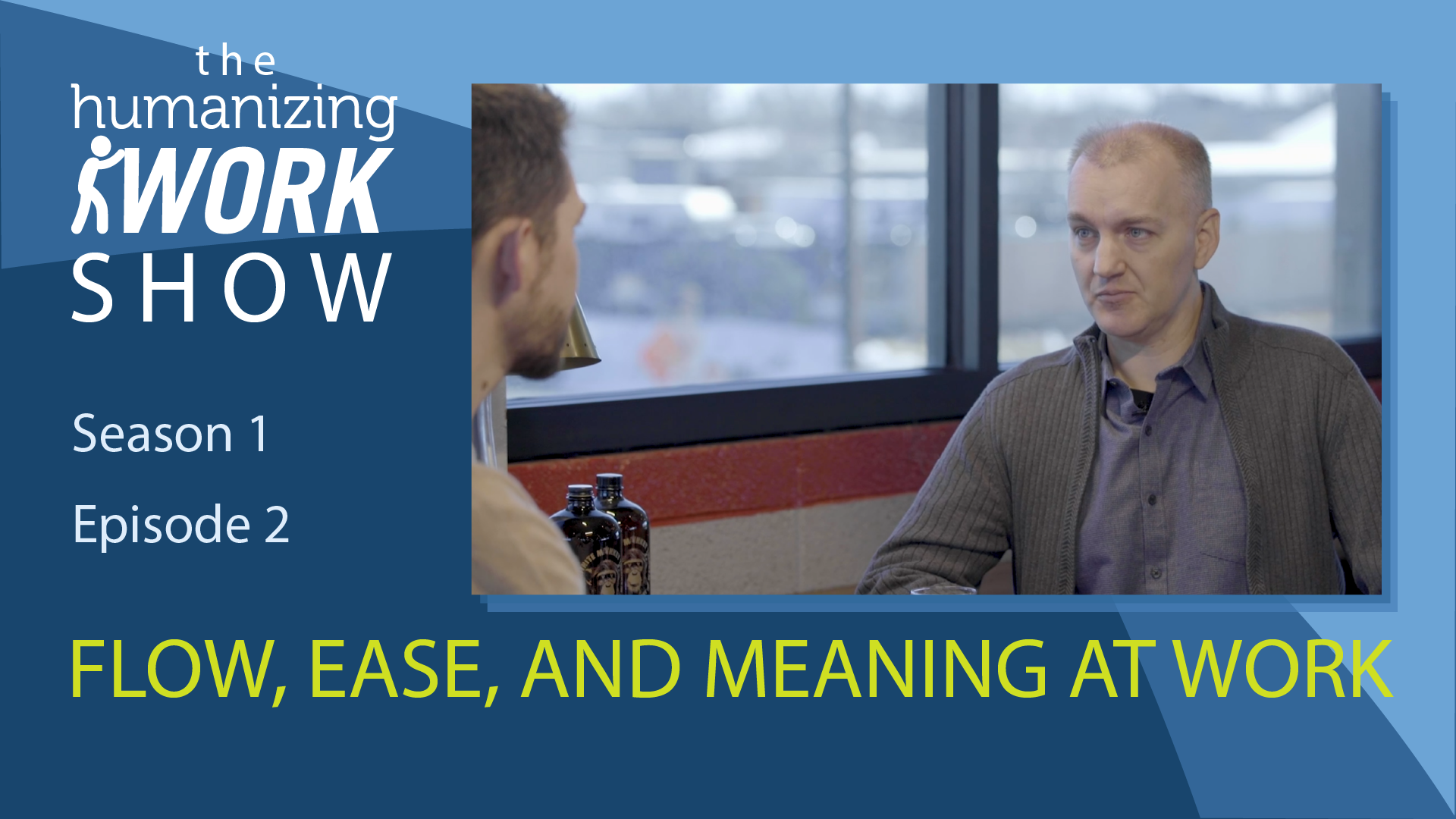Season 1 Episode 2: The Relationship (or Conflict) Between Ease and Meaning at Work
Prev 1 of 1 Next… Read More

Prev 1 of 1 Next… Read More

This week, we launched the Humanizing Work Show. In episode 1, we summarize what we mean by Humanizing Work and where the phrase came from. Humanizing Work… Read More
Participants in our courses are sometimes surprised to find out that they have work to do in advance of the course. Most of our live, interactive courses involve a self-guided, online prerequisite course. Here’s why. Read More
"This year," says your friend (who's never run a 5K), "I'm going to do a marathon." "Yeah? How are you going to do that?" you inquire, trying to sound polite and curious rather than incredulous. "Well, I haven't figured that out yet...but I'm looking at maybe Chicago or Boston..." Read More
It's a classic facilitation blunder: You start giving instructions for an activity, and as you're talking, people begin the activity. You try to reel in those eager participants so you can get the rest of your instructions out. Then, as everyone starts, you realize you forgot something important and need to get the group back together for more instructions. The best facilitators are extremely deliberate about how they give instructions. Read More
I love teaching Product Owner classes because the PO is in such a high-leverage role. The PO's work affects the work of 7, 9, maybe even 18 other people. And it's not difficult to triple the value delivered by a Scrum team, simply by improving their PO's skills in a few key ways. Let's look at the financial impact of that change... Read More
Hi Richard, My Scrum team has been working on a particular service for over a year. It's been 20+ Sprints. I'm concerned about the deliverables and the rate at which we deliver. I have just put together some material for my stakeholders. I am pasting those slides here for your review. Do you mind reviewing them and letting me know what you think? That would be very helpful. Read More
A key part of the ScrumMaster's or Product Owner's job is making information visible.* Whether that's a product backlog, taskboard, cumulative flow diagram, or a one-off visual for a specific need, good visuals lead to better decisions. Here are four principles for doing it well... Read More
Last week, I described how to do the observation step of Focused Conversation without having to talk about all the details. At this point, many facilitators would naturally want to guide the group through interpreting the data. But the Focused Conversation method prescribes another step in between: reflection. Read More
The Focused Conversation method asks us to start with observations before assigning labels - good, bad, effective, worthwhile, motivating, etc. In real-life facilitation, it can feel a little slow to start a retrospective with a simple "What happened this sprint?" Read More